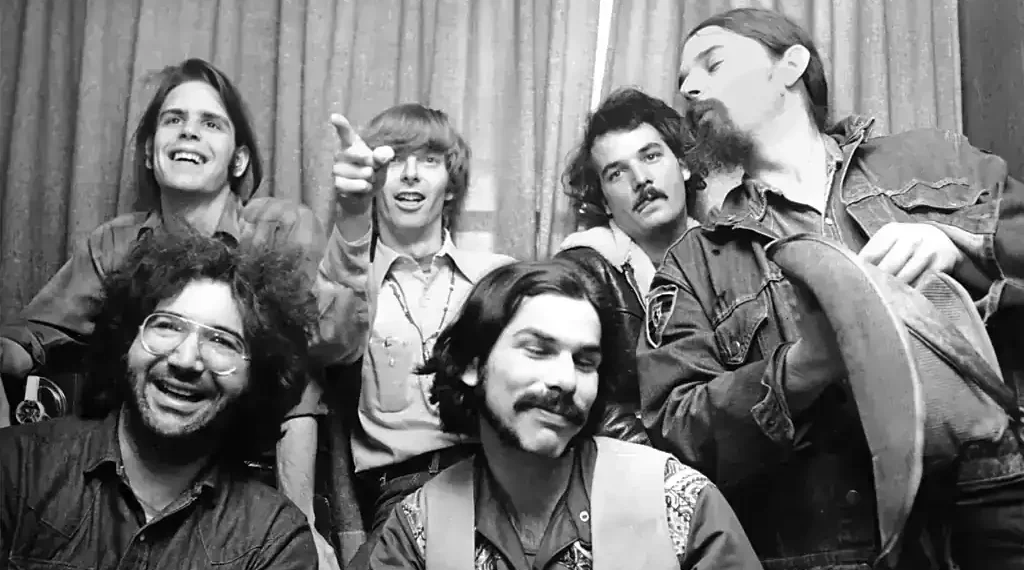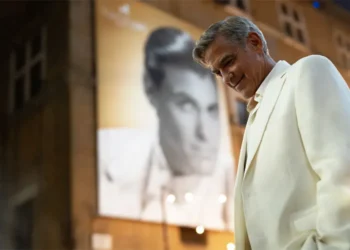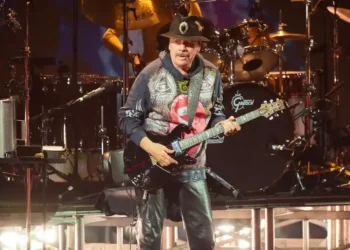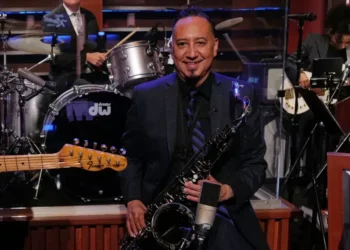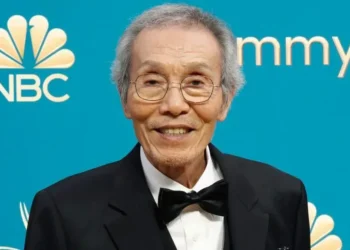How the Grateful Dead Helped Build the Internet
Long before social media, online forums, or even the World Wide Web, an unlikely force was laying the groundwork for today’s digital world: the Grateful Dead.
Yes, that Grateful Dead—the psychedelic rock band born out of San Francisco’s counterculture movement. Famous for their long jams, loyal fanbase, and “anything goes” ethos, the Dead weren’t just a musical phenomenon. They were also tech pioneers who helped shape one of the first virtual communities and, in doing so, influenced the very architecture of the internet.
The Deadhead Digital Revolution
The Grateful Dead’s fans—better known as Deadheads—weren’t just following the band from concert to concert. By the late 1970s and early 1980s, many of them were also early adopters of digital technology. Working in Silicon Valley or university labs, they used primitive network systems to swap setlists, share bootleg tapes, and stay connected between shows.
That sense of connection took a huge leap forward in 1985 with the launch of the WELL—the Whole Earth ‘Lectronic Link—a digital bulletin board system based in the Bay Area. It was created by Stewart Brand, the visionary behind the Whole Earth Catalog, which itself had been a countercultural toolkit for sustainable living, community-building, and radical ideas.
Brand saw the internet’s potential to bring people together. With funding and equipment from tech entrepreneur Larry Brilliant, the WELL was born as a place where likeminded thinkers—especially Deadheads—could gather online.
Before Facebook, There Was the WELL
Unlike commercial networks like CompuServe, the WELL emphasized conversation over content and community over commerce. Instead of slick interfaces or advertisements, it offered raw, real-time dialogue—up to 50 users chatting at once, a revolutionary concept at the time.
The platform’s Deadhead forums quickly became its most active. At $2 an hour plus an $8 monthly fee (about $30 in today’s money), fans paid to discuss concert tours, swap tapes, share lyrics, and analyze the band’s literary influences. The passion of Deadheads kept the WELL afloat and turned it into a hub of digital experimentation.
The Birth of “Virtual Community”
One of the WELL’s early users was Howard Rheingold, a freelance writer and longtime Catalog reader who was drawn to the intellectual energy of the new digital space. He would go on to coin the term “virtual community” in his 1992 book The Virtual Community: Homesteading on the Electronic Frontier, observing the profound social and political implications of online connection.
But the WELL wasn’t just a chatroom—it was a cultural crucible. Everyone from journalists to hackers, poets to professors, joined. Apple co-founder Steve Wozniak, Craigslist’s Craig Newmark, and even members of the Grateful Dead themselves became part of the scene.
John Perry Barlow: From Rancher to Cyber Pioneer
Among the most influential voices to emerge was lyricist John Perry Barlow. Raised in Wyoming and a close friend of the Dead, Barlow’s fascination with online communication grew out of his physical distance from the band’s Bay Area base. After joining the WELL, he became a thought leader in digital rights, co-founding the Electronic Frontier Foundation (EFF) in 1990 to defend free speech and privacy online.
Barlow famously dubbed the internet the “electronic frontier,” likening it to the untamed Wild West. His activism helped set the stage for today’s debates about tech, freedom, and digital citizenship.
From Free Speech to Friction
Though the WELL never had more than about 5,000 users at its peak, it played an outsized role in the evolution of the internet. It demonstrated the power—and the pitfalls—of online community. Without formal moderation, disagreements often turned into massive arguments. Lessons in digital governance emerged organically: moderators needed to be more than rule enforcers; they needed to be welcoming hosts who could guide the tone of the room.
A Legacy That Still Echoes
The WELL was eventually acquired by Salon magazine in 1999 and still exists today, sustained by a loyal (if aging) user base. Conversations are now underway to archive and preserve it, recognizing its role in internet history.
Looking back, many WELL veterans lament the rise of ad-driven, algorithm-fed social media platforms that replaced intimate communities with vast digital marketplaces. As Mary Eisenhart, one of the WELL’s Deadhead forum cofounders, puts it: “Once your community members are the product rather than the customer, you don’t have a community.”
In a world dominated by likes, shares, and data mining, the WELL remains a nostalgic reminder of a time when online connection felt raw, real, and revolutionary. And it all started with a band that just wanted to jam.
This article was rewritten by JournosNews.com based on verified reporting from trusted sources. The content has been independently reviewed, fact-checked, and edited for accuracy, neutrality, tone, and global readability in accordance with Google News and AdSense standards.
All opinions, quotes, or statements from contributors, experts, or sourced organizations do not necessarily reflect the views of JournosNews.com. JournosNews.com maintains full editorial independence from any external funders, sponsors, or organizations.
Stay informed with JournosNews.com — your trusted source for verified global reporting and in-depth analysis. Follow us on Google News, BlueSky, and X for real-time updates.
